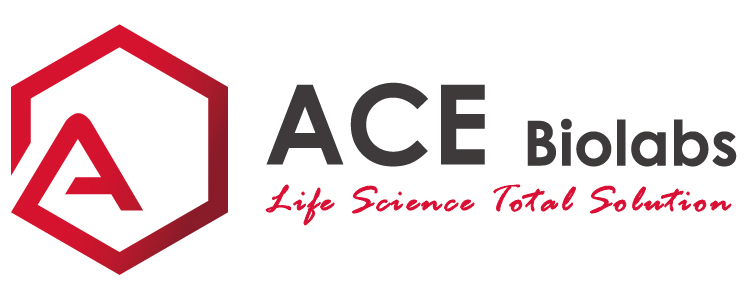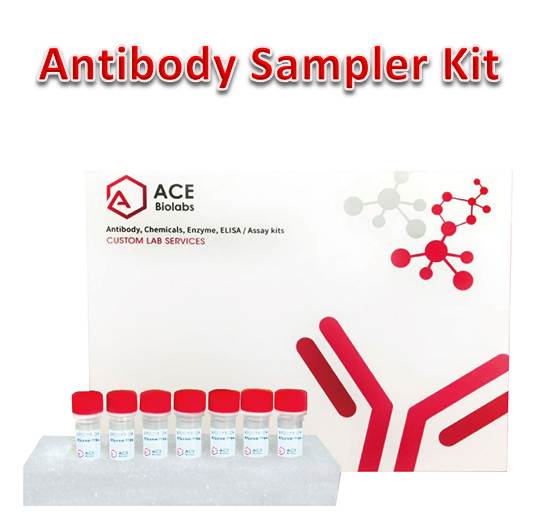Antibody, Antibody Sampler Kit
Sirtuin Antibody Sampler Kit
- Catalog Number : AK0263
- Number : AK0263
-
Size:
Qty : - Price : Request Inquiry
Introduction
The Silent Information Regulator (SIR2) family of genes is a highly conserved group of genes that encode nicotinamide adenine dinucleotide (NAD)-dependent protein deacetylases, also known as Class III histone deacetylases. The best characterized of these genes is Saccharomyces cerevisiae Sir2, which is involved in silencing of mating type loci, telomere maintenance, DNA damage response and cell aging. SirT1, the mammalian ortholog of Sir2, is a nuclear protein implicated in the regulation of apoptosis, cellular senescence, endocrine signaling, glucose homeostasis, aging, and longevity. SirT2, one of several mammalian Sir2 homologs, deacetylates α-tubulin on Lys40 and histone H4 on Lys16, and is implicated in cytoskeletal regulation and progression through mitosis. SirT2 protein is mainly cytoplasmic and is associated with microtubules and the HDAC6 tubulin deacetylase. SirT3 exists in human cells in two forms, including a full-length, nuclear (44 kDa) protein and a processed (28 kDa) protein found exclusively in the mitochondria. Full-length SirT3 protein is processed in the mitochondrial matrix by mitochondrial matrix processing peptidase (MMP). Both full-length and processed SirT3 are active enzymes that deacetylate histone H3 at Lys9 and histone H4 at Lys16 in vitro. SirT3 also deacetylates Lys642 of acetyl-CoA synthetase 2 (AceCS2) and activates AceCS2 activity in the mitochondria. SirT5 is localized to the mitochondria and has been implicated in the regulation of cell metabolism. Nuclear SirT6 is a chromatin-associated protein that promotes normal maintenance of genome integrity as mediated by the base excision repair (BER) pathway. Mammalian SirT7 is localized to the nucleolus and is prominently expressed in hematopoietic cells, especially myeloid progenitor cells. SirT7 is recruited to chromatin by sequence-specific DNA binding transcription factors such as Elk-4, where it facilitates transcriptional repression through deacetylation of histone H3 at Lys18.
General Information
| Application | WB |
|---|---|
| Storage instruction | Store at -20℃. Avoid freeze / thaw cycles. |
| Research topic | Sirtuin protein family; Regulation of apoptosis; DNA damage response |







.png)